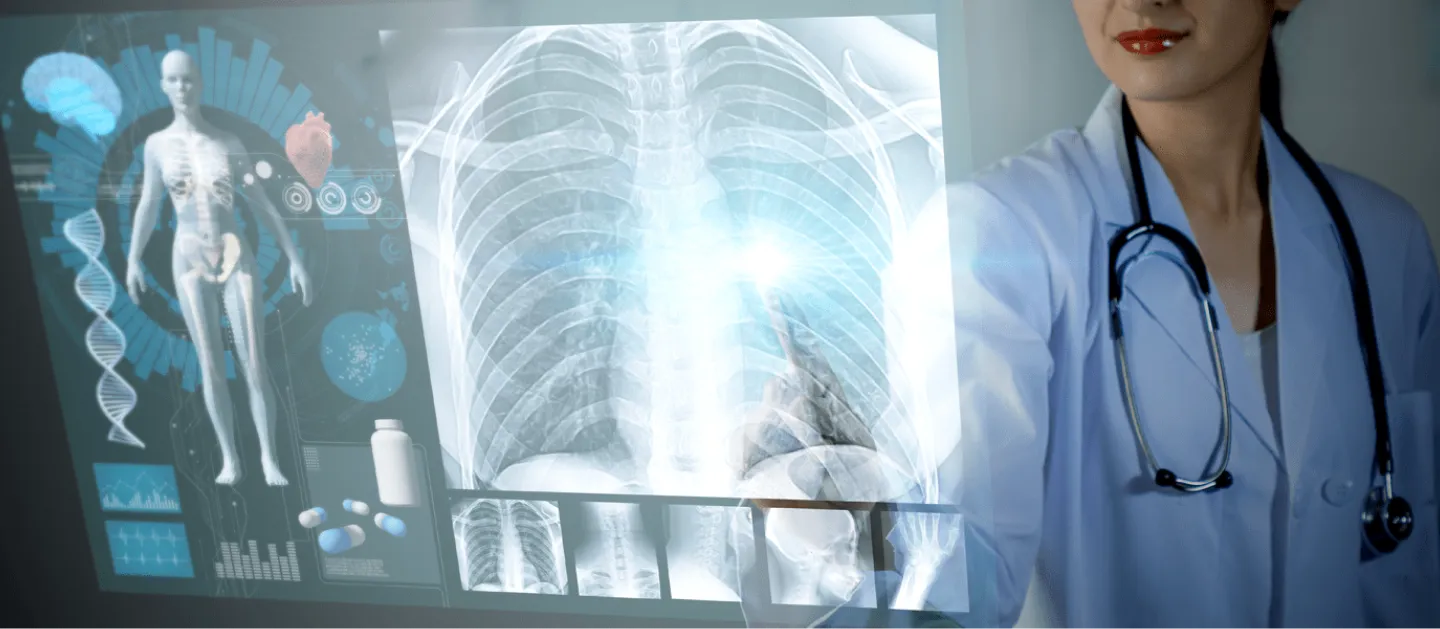What is Fast Healthcare Interoperability Resources?
Advances in healthcare technology are making healthcare IT and the use of electronic health records easier than ever. In spite of these advances, healthcare communication is at an all-time low.
Roughly one-third of medical malpractice claims can be directly linked to failures in communication, either between the doctor and their patient or between medical professionals. That is where fast healthcare interoperability resources, or FHIR, come in.
What is FHIR, and how can it help protect patients and promote communication between healthcare professionals?
What Is FHIR?
FHIR is a standard that was developed by a nonprofit organization called Health Level Seven International. The organization created a number of standards to detail the exchange of protected health information among healthcare professionals. This includes diagnostic data, clinical health data and any administrative information.
It started out as an experimental project for Health Level Seven (HL7), but when other electronic health records (EHR) vendors discovered the project, it quickly spread. The goal is to build a base set of standards and exchangeable content/data that can be used in the majority of healthcare use cases. It creates a foundation for sharing patient health information among professionals using different applications. These various applications are where the exchange of data becomes difficult.
It’s not too different from the software that directs you to the correct page when you put something in a Google or Amazon search bar. Standard URLs mean you can find the same page no matter what operating system or device you’re searching on. FHIR could potentially become the standard URL for the medical community.
Creating Standards
Standardized URLs are just the first step toward creating an accessible database for medical documentation. The type of file used for data storage is also important. For the files most people are familiar with, like PDF, rich text, or DocX, it doesn’t take much effort to cut or copy the information and move it to another medium.
Consolidated clinical document architecture, or C-CDA, could solve that problem by providing a standardized file format that is more secure than most data files but is visually similar to a PDF. This makes it easy to edit for those that might not be tech-savvy. These files are more difficult to copy, making protected patient information safer, in spite of the inherent danger of sharing these files on a networked system.
If clinical documents can be standardized, it could help make medical interoperability a reality instead of a mere possibility.
Quick Adoption
FHIR isn’t ready for widespread implementation just yet, but that hasn’t stopped a number of EHR providers from paving the way for this program to be adopted when it is ready to leave the nest. It is estimated that this new system could help improve patient engagement and reduce the number of communication-related malpractice suits.
FHIR is being hailed as the tool that will transform health IT and make it easier for doctors and nurses to take the best care of their patients.
Most of the major EHR providers are already taking steps to attract top-level talent and come up with the best way to implement this program into their own facilities.
HL7 has created a balloting system to poll EHR providers on the best way to standardize EHR data and share it across multiple systems. This polling will take years until the bad ideas are whittled away and the best procedures can be agreed upon and implemented.
Interoperability is a necessity in modern medical practice. It ensures that patient information is available wherever and whenever it is needed, without the need to wait for faxes or other slower forms of information transfer. FHIR could be the magic bullet, so to speak, to make electronic health record use and sharing easier and more efficient.
It isn’t something that will happen overnight, but the team behind FHIR and the growing number of EHR vendors that are supporting this venture is working on the best way to turn this infrastructure into an implementable reality.
It will take plenty of hard work for FHIR to create a program that can change the shape of health IT, but it seems like the team is up to the task.
DUMMYTEXT




